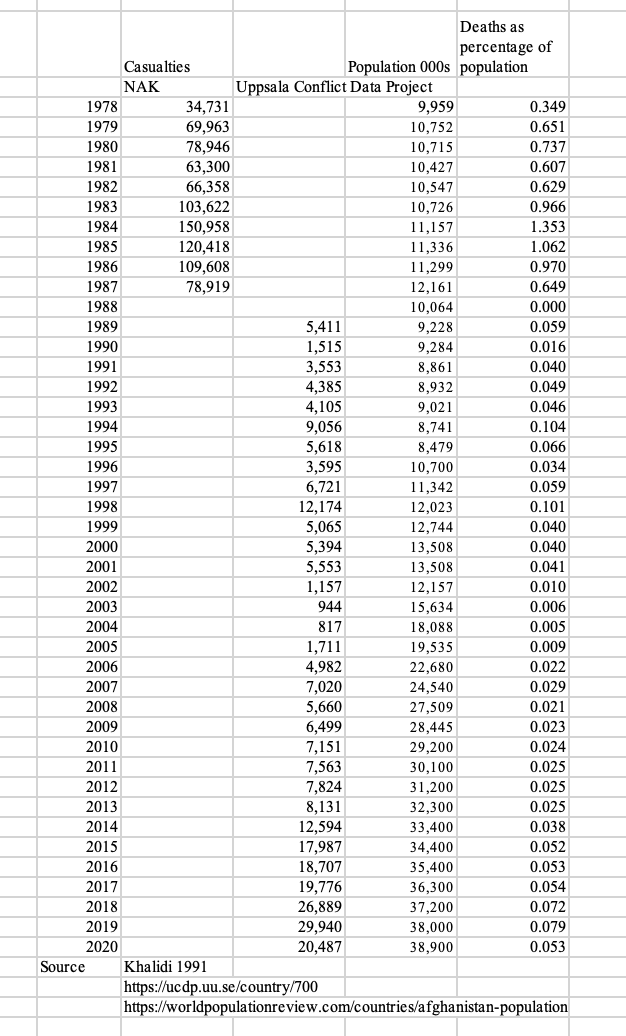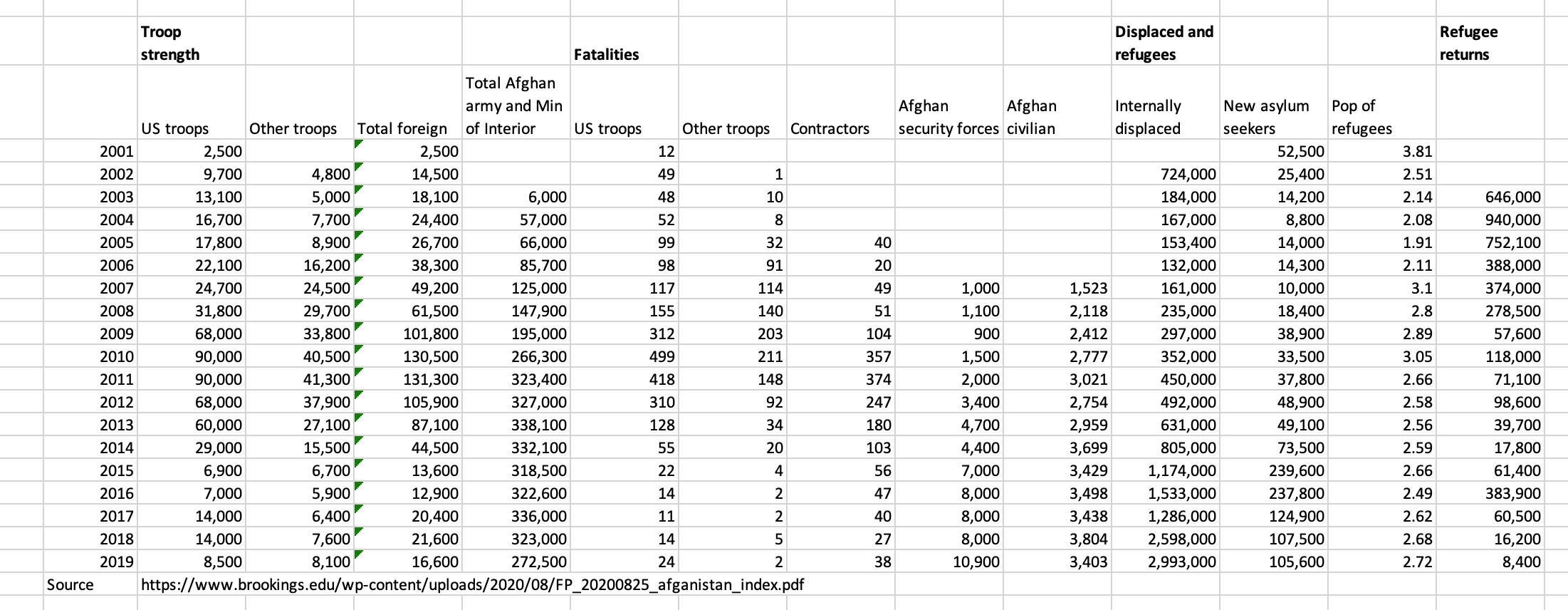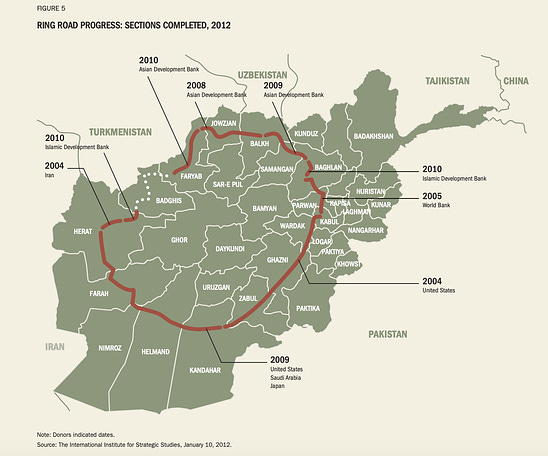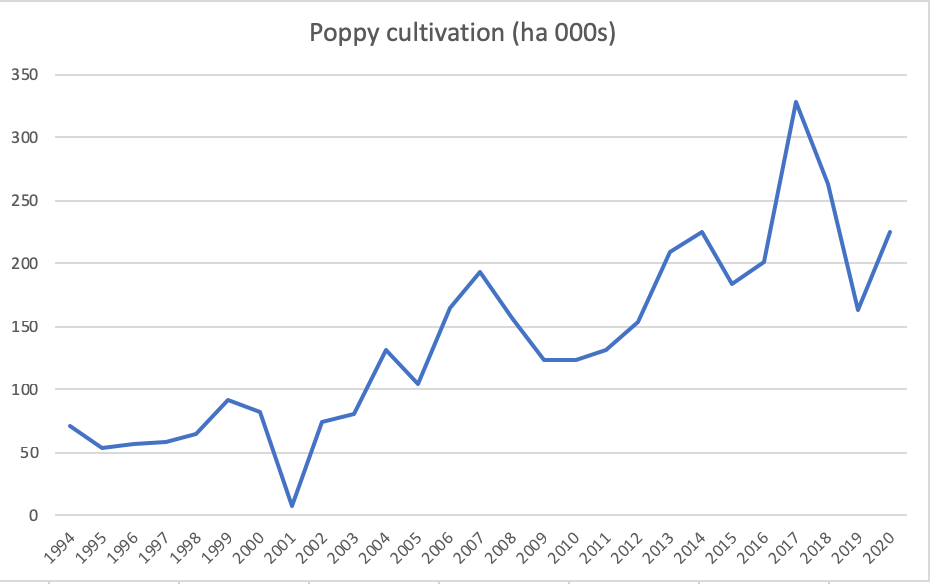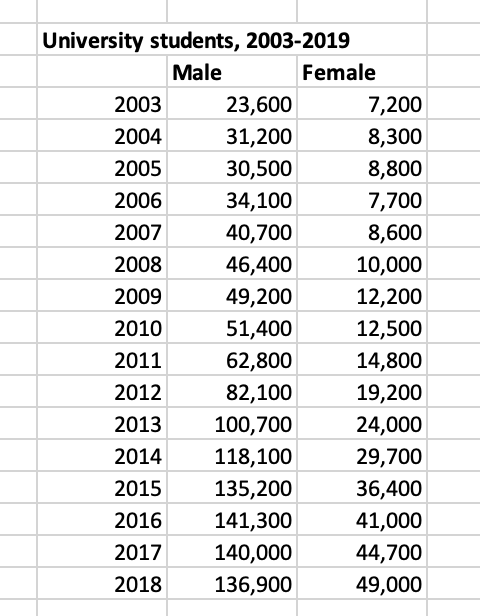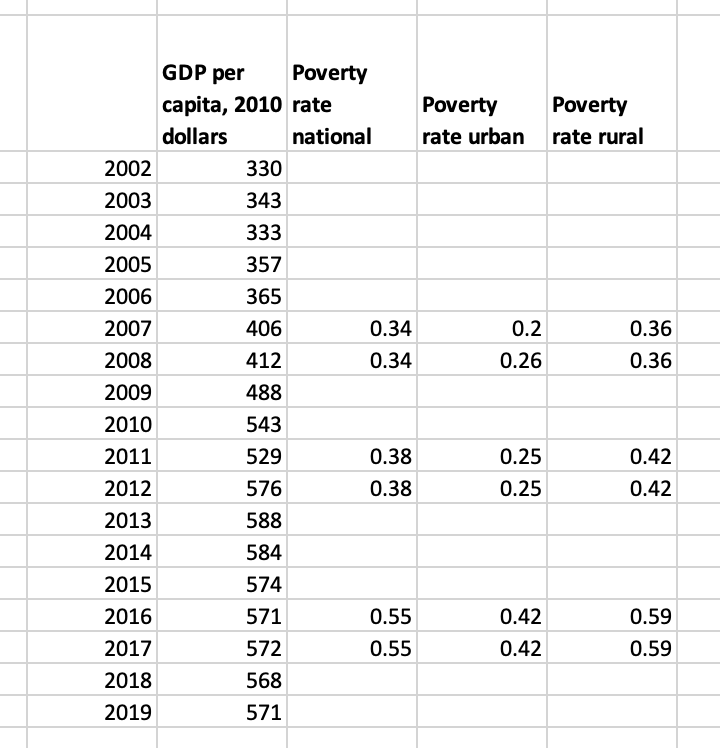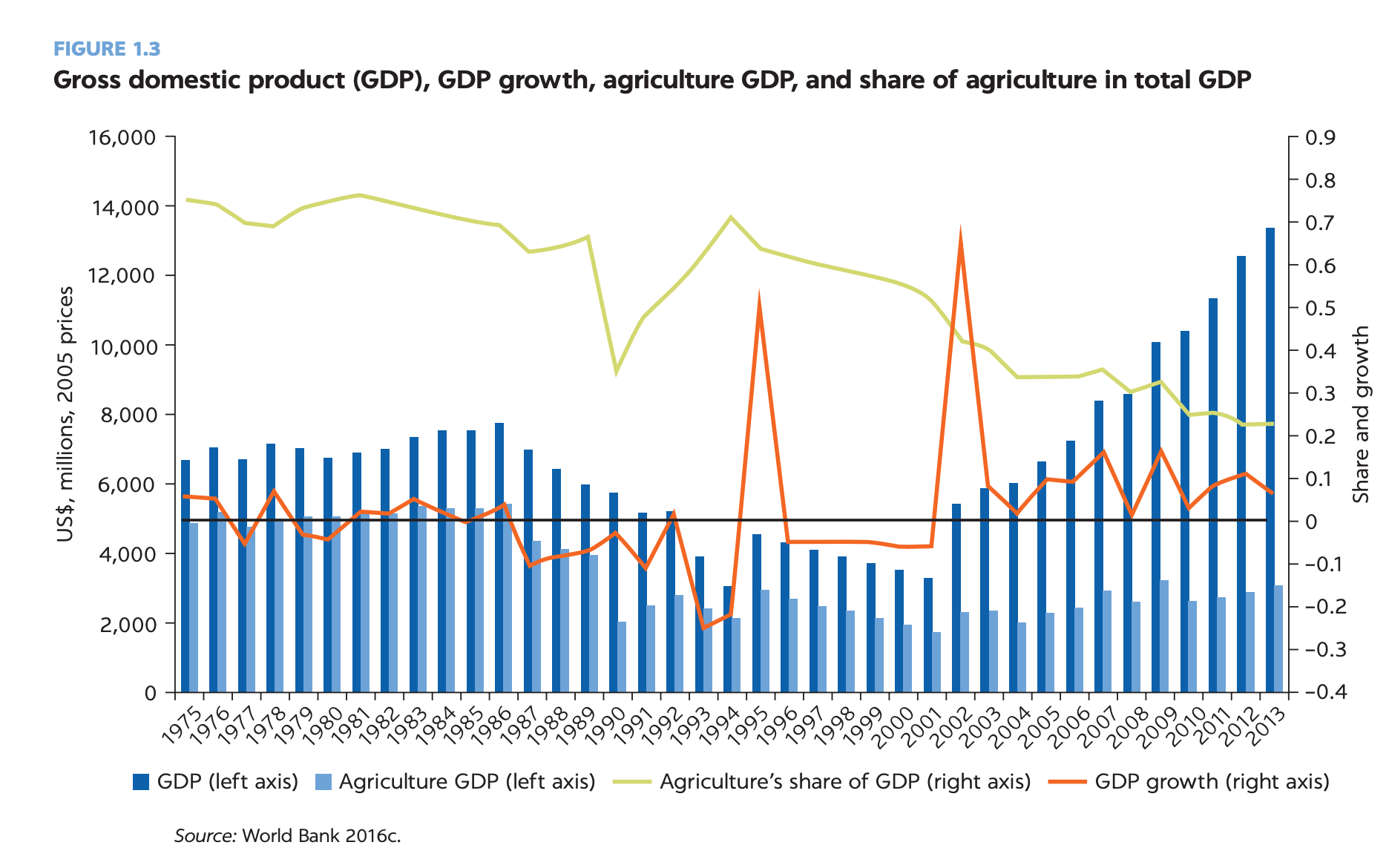Greetings Paulo Roberto Almeida,
New items have been posted in H-Diplo.
H-Diplo Article Review 1058- "Liberal and Illiberal Internationalisms"
H-Diplo Article Review 1058
30 July 2021
“Liberal and Illiberal Internationalisms.”
Journal of World History 31:1 (March 2020).
DOI: https://doi.org/10.1353/jwh.2020.0000.
Editor: Diane Labrosse |
Commissioning Editor: Georgios Giannakopoulos |
Production Editor: George Fujii
Philippa Hetherington and Glenda Sluga’s special issue of Journal of World History is precise in its objective. Neither an “additive history” nor a catalogue of liberalism’s virtues and vices, this issue brings together narratives of global projects and organizational squabbles to articulate the relationships between ideologies of the international (1).[1]“Liminality” and “intersection” bring these essays to life (2). The authors move deftly between treating liberalism and internationalism as systems of political values and aims, and examining their combined instantiation in modes of governance and adjudication. At bottom, the debates woven through these essays are concerned with what kinds of claims are compatible, and which are not – and which worldviews are elastic enough to be nested inside the structures of power that characterize the twentieth century. At the same time, it is these same groupings that are picked apart in detail in order to demonstrate the contingent and co-constituted political choices that undergirded their formation and indeed, their endurance. The articles in this special issue achieve this by treating ideology as inseparable from the competing and interlocking international networks that remade the world.
Abigail Green’s contribution shows the blurriness between liberal, socialist, anti-clerical, and masonic networks, and the pacifism that characterized much of the centre and left in the years after the First World War.[2] The porosity of these networks and categories is criss-crossed with Green’s narration of the place of Jewishness in political life, as explored through the biographies of four men. The author traces the biographical and intellectual facets in the worldviews of men like Victor Basch, Ernesto Nathan, Paul Nathan, and Herbert Samuel, whose claims to Jewishness were refracted through those same facets. If the last decade’s historiographical exuberance over networks and their proliferation is a relic of the “additive history” that Hetherington and Sluga refer to in their introduction, then biography as Green treats it instead allows us to think through the useful place of ethnicity in opening up another vector of analysis besides the question of who counts as what – as an internationalist, as a liberal, and as a Jewish intellectual. “If variability is the essence of ethnicity in its significance for the structuring of social relations in diverse contexts” Green writes, “then thinking about the different behaviour of individuals...can help us to identify the shifting balance between cognitive and structural determinants of Jewishness, and vice versa” (13). Green is attentive to what holds together disparate groups with distinct political projects – an opposition, a rallying moment, a threat.[3] Her examination of the choices and attitudes of Jewish political figures yields a productive subversion of the typical oppositions of early twentieth century politics – between liberalism and socialism, religion and secularism, nationalism and internationalism, the world order of the Treaty of Versailles as well as the Soviet one.
Timothy Nunan examines the politics of Iranian Islamism in the 1980s, and sets up the problem of pan-Islamism and liberal international institutions as a way into the question of participation and its alternatives.[4] Iran in the 1980s is a fitting site for the interrogation of these tricky affinities, in no small part because of its position in and among the constellation of Islamic movements, Muslim-majority nation-states, international institutions and conflicts, and non- and supranational projects that in some way treated the question of what it meant to be a Muslim doing politics.[5] Iranian Islamists located their critique of liberal internationalist institutions in “how superpower interventions...prevented national liberation movements – many of them with Islamist tendencies – [from] entering international society” (49). The ideological divide between ‘liberal and ‘illiberal’ is given analytic teeth by its intersection with the imperialist/anti-imperialist divide. Taking up Islamist movements “not primarily in their regional contexts but rather as one of many movements with a skepticism towards liberal internationalist institutions,” Nunan examines debates in periodicals such as the Persian-language Habl ul-Allah, Payām-i Mustaz afīn, and Arabic-language al-Jihad around “religious” versus “internationalist” discourse, the United Nations and Non-Aligned Movement, and the negotiated settlement on the war in Afghanistan (47). The nation-state was hardly unimportant, as Nunan narrates – Abu Mustafa of the “Islamic Movement in Turkey”, for instance, complained in 1982 that “America wants Iran’s Islam to be the Islam of Saudi Arabia or Egypt or Jordan or Morocco or Tunis or Turkey” (44). The prevailing world order of nation-states and their international networks and alliances remained the backdrop to the political debates about Islam and the Muslim world, and with the United States, imperialist liberal institutions, or “infidels” (as the Ayatollah Khomeini stressed in 1979) as adversaries, the question of what liberalism versus its alternatives would mean was at once central, and beside the point.
Phillip Wagner’s essay on the political controversies within the International Federation for Housing and Town Planning (IFHTP) from the 1920s to the 1940s demonstrates the usefulness of “expert internationalism” as a site for excavating the politics of technocratic knowledge production and networks – spheres that were often styled as “scientific” rather than ideological (81).[6] Rather than an insistence on characterizing technocratic expertise as imbued with a particular politics, Wagner instead turns to the “different camps that attempted to shape the international scene – such as socialists, fascists, National Socialists, and (New Deal) liberals” (83) in order to turn the question inside out. As the wartime planning economies of Western Europe, the United States, and British settler colonies gave way to the task of social reform and post-war reconstruction, the work of the IFTHP was shot through with the tension between political ideals. The attempts by liberal planning experts to usher in a norm of “nonpolitical” expertise were spurred by a desire to tamp down the divisiveness engendered by conflicts between liberals, socialists, and social democrats in the organization (83). This set the stage for National Socialist municipal authorities to use the organization to legitimize and bolster the Nazi regime, most significantly with the appointment of Karl Strölin, the burgomaster of Stuttgart, as the head of the IFHTP in 1937. Wagner situates this trajectory in the larger story of international voluntary expert organizations in the mid-1930s and 1940s, and concludes that the eventual cooperation of liberals and socialists in their project of a fused scientism and anti-fascism demonstrates that “liberal and illiberal conceptions of expert internationalism mutually constituted one another” (110). The author makes a compelling case for pinpointing this process of co-constitution through a specifically voluntary organization. The fact that the IFHTP was built around the ostensibly non-political field of urban planning is why the texture of this story can be so vividly seen.
Ljubica Spaskovska locates her analysis of the “intersection of liberal and socialist conceptions of internationalism” in the Yugoslav city of Skopje (138).[7] The city was destroyed by an earthquake in 1963, and was the subsequent recipient of aid and art from across the so-called ‘Cold War divide’. With Yugoslavia’s “self imposed bipolar neutralism” as the backdrop, Spaskovska argues for a shift away from a liberal/illiberal binary in favour of an examination of the “self-positioning of the actors themselves and the categories and discursive frameworks they operated in” (139). The rebuilding of the city in the aftermath of the earthquake allowed the melding of styles, traditions, and forms of expertise through the “concepts of modernism” (140). Joint efforts between the United Nations and the Yugoslav government led to initiatives like the Institute of Earthquake Engineering and Engineering Seismology, founded in 1965 in Skopje. The task of rebuilding the city was awarded to a team of Japanese and Yugoslav/Croatian origin, and UNESCO was a key actor in the “cultural internationalist constellation” embodied in the Skopje Museum of Contemporary Art (140). From this process, Spaskovska elaborates the framework of “internationalist constellations” in order to emphasise the interaction rather than opposition or strategic cooperation between the groupings of conservatism, liberalism, and socialism (140).
Alanna O’Malley also reaches across the bipolar divide to argue that the United Nations created a space for the effective consolidation of the “Global South,” a term she uses as “retroactive taxonomy” to describe a group that included both the Afro-Asian bloc and Latin American nations.[8] The author situates the campaign against apartheid at the UN among the origins of “Global South activism” and the larger phenomenon of “anti-colonial internationalism” in the post-1945 period (199). With an abundance of recent work on the popular, cultural, violent, local, and multi-polar dimensions of anticolonial internationalism, O’Malley’s insistence on the “innovative” global importance of Indian diplomatic protestations against South Africa’s apartheid regime is somewhat curious (200).[9] The argument that Global South countries were “led by India” towards a “post-colonial world order” ignores the world-historical ramifications of Black South African working class struggle, to say nothing of the revolutionaries around the world who remade the twentieth century outside of the conference room (223). Nonetheless, at the level of the UN and its debates, the author compellingly shows how, through the use of venues and functions provided by the UN’s infrastructure and institutional scope, Indian delegates developed both “a coherent Global South agenda and a methodology for pursuing this agenda in international fora” and thereby contributed to a shift in discourse and policy towards the apartheid regime (200).
David Goodman investigates attitudes towards censorship, propaganda, and education among the architects and opponents of the 1936 League of Nations Convention on the Use of Broadcasting in the Cause of Peace, and argues that debates over what sorts of transmission constituted a threat can show us what liberal and illiberal politics had to do with one another.[10] The failure of the Convention to bring about a world of peace and harmonious communication is hardly a mark against its relevance here, and instead serves to illuminate why national governments and international bodies sought to disseminate and regulate certain messages in turn, particularly with respect to the relationship between liberal ideals of peace and norms of engagement on the one hand, and free speech and unfettered communication on the other. It is in the realm of “culture” where ideas like “moral disarmament” and the “radio war” coloured the interwar internationalist preoccupation with cooperation with the fears of a polarizing world and another global conflict (167, 184). Goodman’s argument, that the Convention was “successful in defining and drawing attention to these issues” – is a convincing one, not least because it allows us to see the ideologies and practices at play in realms that were styled as universal – culture and communication – and in practice necessarily involved politics and conflict (191).
David Petruccelli re-examines the legacy of the League of Nations to ask whether the organization was “really liberal internationalist” (115).[11] After a compelling critical overview of how the term took hold among foreign policy analysts, international relations scholars, and historians of international organizations, he delves into a definition of the term “liberal internationalism.” Beginning with its “intellectual roots” in the seventeenth century, the author traces its development through to what he considers liberal internationalism’s emergence as a “coherent ideology and political practice” over the next two centuries (116). With this definition, alongside the overview of the term with which Petruccelli began, the reader is confronted with two very different objects. Petruccelli presents liberal internationalism at once as a paradigm for understanding the twentieth century as it was used by practitioners and scholars, as well as the term for a historical phenomenon that existed as early as the 1600s without being named as such. With this definition in place, the author goes on to assess various aspects of the League of Nations and United Nations against the features of liberal internationalism. In the “liberal” column fall the Permanent Court of International Justice, the Nansen passport, and Advisory Committee on Traffic in Women and Children. On the other hand, Petruccelli argues, the policing and carceral aspects of human trafficking question grew into two groupings, the International Criminal Police Commission and the International Bureau for the Unification of Penal Law, which bled into the illiberal. They were joined in that column by the evolution of discourses of criminalization and punishment enshrined in the 1949 Convention for the Suppression of the Traffic in Persons. Petruccelli argues that the “illiberal internationalist visions of the 1930s” were realized in the second attempt, and that the legacies of the United Nations are remarkably elastic in their accommodation of “programs and modes of governance with illiberal origins and aims” (136). Rather than ending by taking stock in this way, the article could more fruitfully have engaged with a critical examination of the concept at the centre of his essay, which may have yielded a rather more self-reflexive conclusion. With the relative terms of “repressive, as well as progressive” (136) being hardly the most stable signifiers, one wonders whether these bedfellows are really that strange?
After all, the choice to work out the dyad of liberal/illiberal is itself ideological, a function of the pre-occupations of the university and discipline. Separating internationalisms thus, even for the purpose of disaggregating further and adding nuance, suggests that the liberal variant is robust enough to speak not only for itself but also for its antonym. It implies affinities and oppositions even as one may seek to pry them apart – for instance, between Soviet and Nazi forms of internationalism, if only at the level of the category (5). Despite this risk, these essays are always careful in their treatment of the categories at the centre of this special issue, and each contains the debates among sets of individuals and organizations in their historical moment while demonstrating the expansiveness, slipperiness, and transhistorical significance of these questions. At moments, however, despite the fact that these essays disaggregate the binary oppositions produced by twentieth century historiography, the persistence of the grouping of “illiberalisms” in the overarching intellectual project of the issue serves to muddle the disaggregation in the moments when it is needed most.
Is this unavoidable? Should we resign ourselves to the aftertaste of the twentieth century’s persnickety binaries? The figures in these essays include British politicians Herbert Samuel and Neville Chamberlain, the Iranian leader Ayatollah Khomeini, the Nazi mayor Karl Strölin, the performer and activist Josephine Baker, the Yugoslav president Josip Broz Tito, and the Trinidadian author and activist George Padmore. They are proof positive that navigating international structures and local problems had always required thinking at the edges of great power politics and political camps. This special issue is methodologically significant because in authors’ examination of an overdetermined and unstable field of politics and discourse, they locate meaning in conflict, in disagreements between people who were, for the moment, trying to hold the impossible together. Writing ourselves out of the problem may not be possible, but writing around it has proven eminently worthwhile, as this collection of essays shows.
Disha Karnad Jani is a Ph.D. candidate in the Department of History at Princeton University. She is writing a dissertation on the intellectual history of the League Against Imperialism, and the political concepts and practices of interwar anti-imperialism.
Notes
[1] Philippa Hetherington and Glenda Sluga, “Liberal and Illiberal Internationalisms,” Journal of World History 31:1 (March 2020) [hereafter JWH]: 1-9.
[2] Abigail Green, “Liberals, Socialists, Internationalists, Jews,” JWH, 11-41.
[3] For other recent work on Jewish figures, Jewish communities, and internationalism, see Mary McCune, ‘The Whole Wide World Without Limits.’ International Relief, Gender Politics, and American Jewish Women, 1893–1930 (Detroit: Wayne State University Press, 2005); Abigail Green, “Nationalism and the ‘Jewish International’: Internationalism in Europe and the Middle East c. 1840-1880” Comparative Studies in Society and History 50 no. 2 (April 2008): 535-558; Barbara Epstein, The Minsk Ghetto, 1941-1943: Jewish Resistance and Soviet Internationalism (Berkeley, CA: University of California Press, 2008); Cathy S. Gelbin and Sander L. Gilman, eds. Cosmopolitianism and the Jews (Ann Arbor, MI: University of Michigan Press, 2017); and Nathan Kurz, Jewish Internationalism and Human Rights After the Holocaust (New York: Cambridge University Press, 2020).
[4] Timothy Nunan, “‘Neither East nor West,’ Neither Liberal Nor Illiberal? Iranian Islamist Internationalism in the 1980s,” JWH, 43-77.
[5]For other recent work on Islam and internationalism elsewhere, see M.S. Camara, “Nation Building and the Politics of Islamic Internationalism in Guinea: Toward an Understanding of Muslims’ Experience of Globalization in Africa” Contemporary Islam 1 (June 2007): 155-172; Bayyinah S. Jeffries, “Black Religion and Black Power: The Nation of Islam’s Internationalism,” Genealogy 3:3 (June 2019): 34-45; Samee Siddiqui, “Coupled Internationalisms: Charting Muhammad Barkatullah’s Anti-Colonialism and Pan-Islamism” ReOrient 5:1 (Autumn 2019): 25-26.
[6] Phillip Wagner, “Urban Planning and the Politics of Expert Internationalism, 1920s-1940s,” JWH, 79-110. For other work on expertise and internationalism, see Miguel A. Centeno and Patricio Silva, eds., The Politics of Expertise in Latin America (New York: St. Martin’s Press, 1998);Annabelle Littoz Monnet, ed., The Politics of Expertise in International Organizations: How International Bureaucracies Produce and Mobilize Knowledge” (New York: Routledge, 2017); Matthew Hilton, James McKay, Nicholas Crowson, and Jean-Françous Mouhot, The Politics of Expertise: How NGOs Shaped Modern Britain (New York: Oxford University Press, 2013); for an earlier study see Irving J. Spitzberg Jr., Exchange of Expertise: The Counterpart System in the New International Order (Boulder: Westview Press, 1978).
[7] Ljubica Spaskovska, “Constructing the ‘City of International Solidarity’: Non-Aligned Internationalism, the United Nations and Visions of Development, Modernism and Solidarity, 1955-1975,” JWH, 137-163. For recent work on non-alignment and internationalism, see Nataša Mišković, Harald Fischer-Tiné and Nada Boškovska, The Non-Aligned Movement and the Cold War: Delhi-Bandung-Belgrade (New York: Routledge, 2014); Paul Amar, “Egypt as a Globalist Power: Mapping Military Participation in Decolonizing Internationalism, Repressive Entrepreneurialism, and Humanitarian Globalization Between the Revolutions of 1952 and 2011,” Globalizations 9:1 (February 2012): 179-194; “Chiara Bonfiglioi, “Women’s Internationalism and Yugoslav-Indian Connections: From the Non-Aligned Movement to the UN Decade for Women,” Nationalities Papers 49:3 (May 2021): 446-461.
[8] Alanna O’Malley, “India, Apartheid and the New World Order at the UN, 1946-1962” JWH, 195-223.
[9] Some recent work on these aspects of anticolonial internationalism includes Jeffrey James Byrne, Mecca of Revolution: Algeria, Decolonization, and the Third World Order (New York: Oxford University Press, 2016); Adom Getachew, Worldmaking After Empire: The Rise and Fall of Self-Determination (Princeton: Princeton University Press, 2019); Priyamvada Gopal, Insurgent Empire: Anticolonial Resistance and British Dissent (New York: Verso, 2019); Holly McGee, Radical Antiapartheid Internationalism and Exile: The Life of Elizabeth Mafeking (New York: Routledge, 2019); Susan D. Pennybacker, “A Cold War Geography: South African Anti-Apartheid Refuge and Exile in London, 1945-1994,” in Nathan Riley Carpenter and Benjamin N. Lawrence, ed., Africans in Exile: Mobility, Law, and Identity (Bloomington: Indiana University Press, 2018), 185-199.
[10] David Goodman, “Liberal and Illiberal Internationalism in the Making of the League of Nations Convention on Broadcasting in the Cause of Peace” JWH, 165-193. For some recent work on communications and internationalism, see Simon J. Potter, Wireless Internationalism and Distant Listening: Britain, Propaganda, and the Invention of Global Radio, 1920-1929 (Oxford: Oxford University Press, 2020); Douglas Howland, “Telegraph Technology and Administrative Internationalism in the Nineteenth Century,” in Maximilian Mayer, Mariana Carpes and Ruth Knoblich, eds. The Global Politics of Science and Technology, Volume1: Concepts from International Relations and Other Disciplines (New York: Springer, 2014); Francis Lyall, International Communications: The International Telecommunication Union and the Universal Postal Union (Burlington: Ashgate, 2011).
[11] David Petruccelli, “The Crisis of Liberal Internationalism: The Legacies of the League of Nations Reconsidered,” JWH, 111-136. For other recent work on the League of Nations and the complicated binary of liberal/illiberal internationalism, see Daniel Laqua, “Democratic Politics and the League of Nations: The Labour and Socialist International as a Protagonist of Interwar Internationalism,” Contemporary European History 24:2 (2015): 175-192; Michael Pugh, Liberal Internationalism: The Interwar Movement for Peace in Britain (Basingstoke: Palgrave Macmillan, 2012); Elisabetta Tollardo, Fascist Italy and the League of Nations, 1922-1935 (London: Palgrave Macmillan, 2016); Daniel Gorman, “Ecumenical Internationalism: Willoughby Dickinson, the League of Nations and the World Alliance for Promoting International Friendship through the Churches,” Journal of Contemporary History 45:1 (2010): 51-73; Thomas W. Burkman, Japan and the League of Nations: Empire and World Order, 1914-1938 (Honolulu: University of Hawaii Press, 2008).

